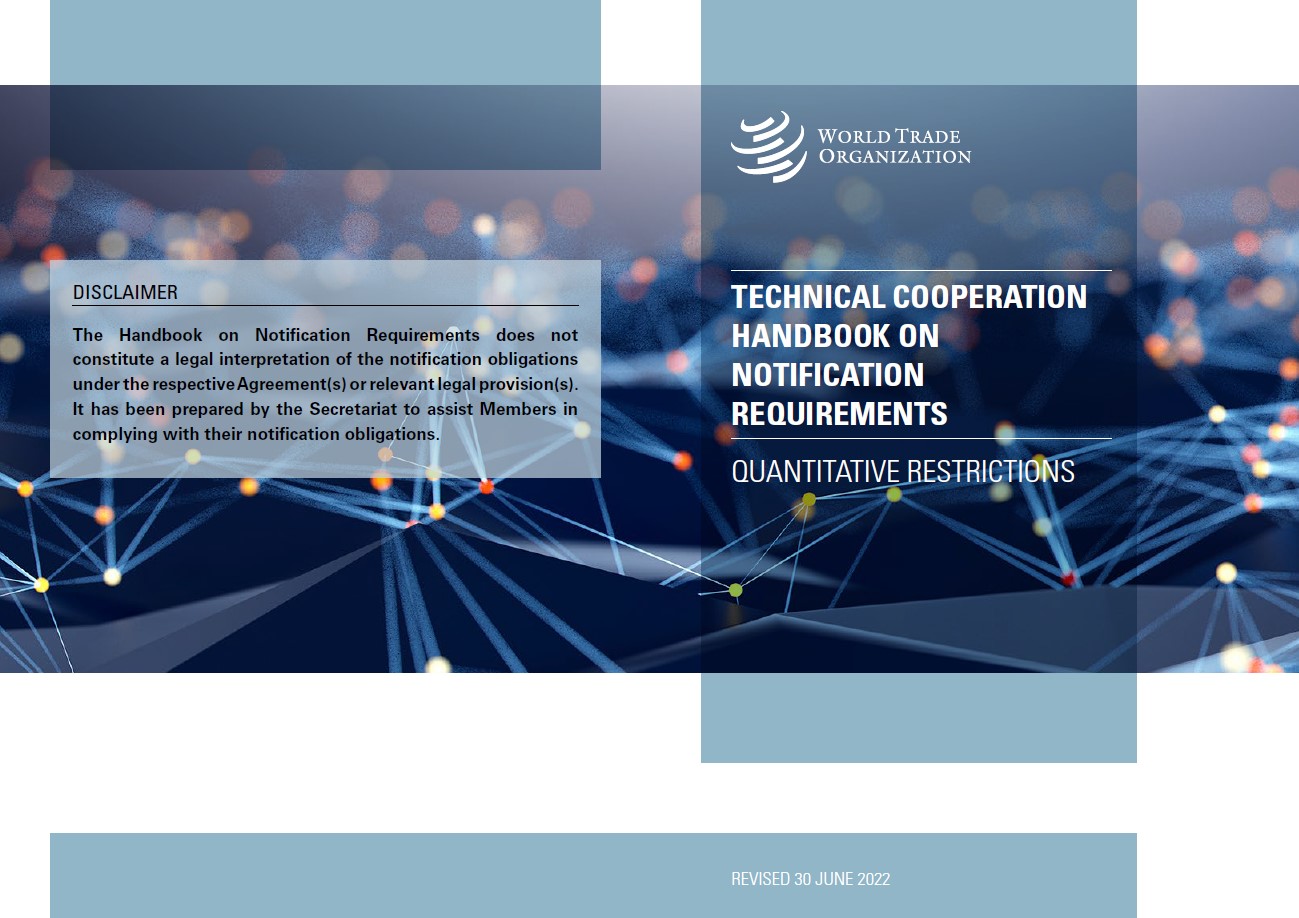MARKET ACCESS: QUANTITATIVE RESTRICTIONS
Quantitative restrictions
Article XI of the GATT 1994 is the main provision regulating quantitative restrictions (QRs). The scope of this provision includes all prohibitions or restrictions other than tariffs or other taxes applied or maintained by a WTO Member on the importation or exportation of goods, which can be made effective through quotas, import or export licensing procedures, or other measures. Although Article XI of the GATT provides for the general elimination of quantitative restrictions, they are allowed in certain specific circumstances. Members' QR notifications seek to provide transparency on these measures, including on its WTO justification.

